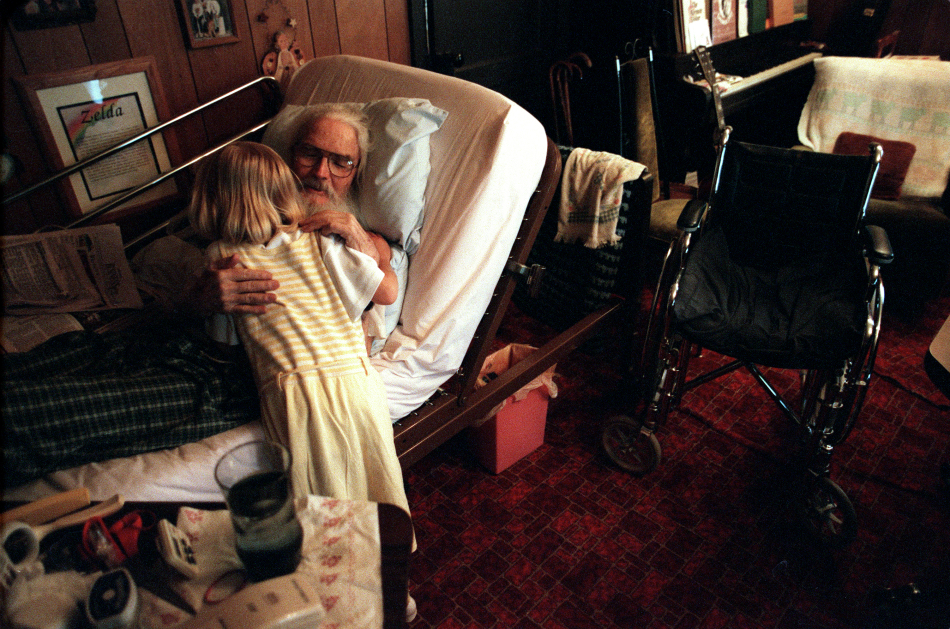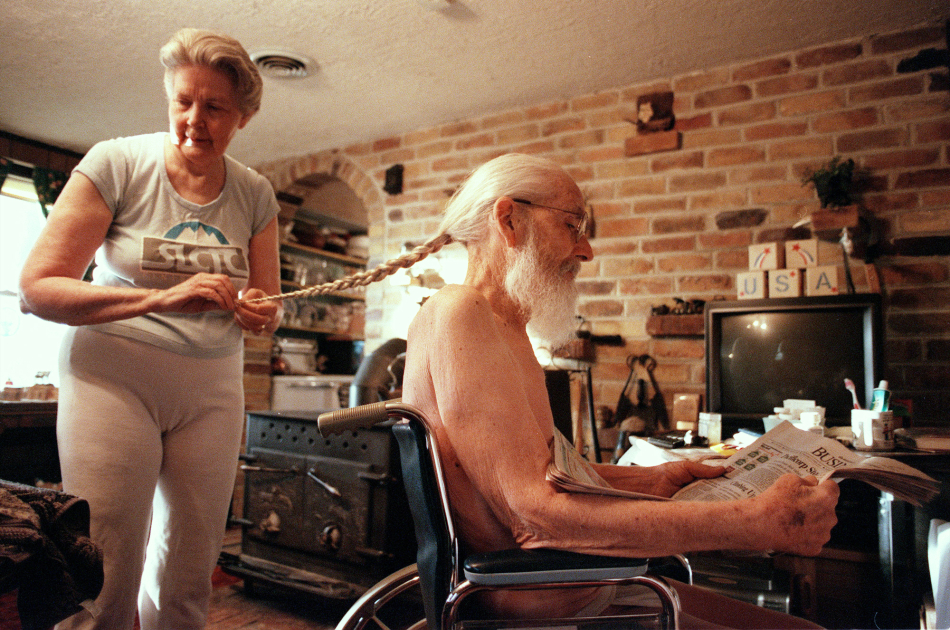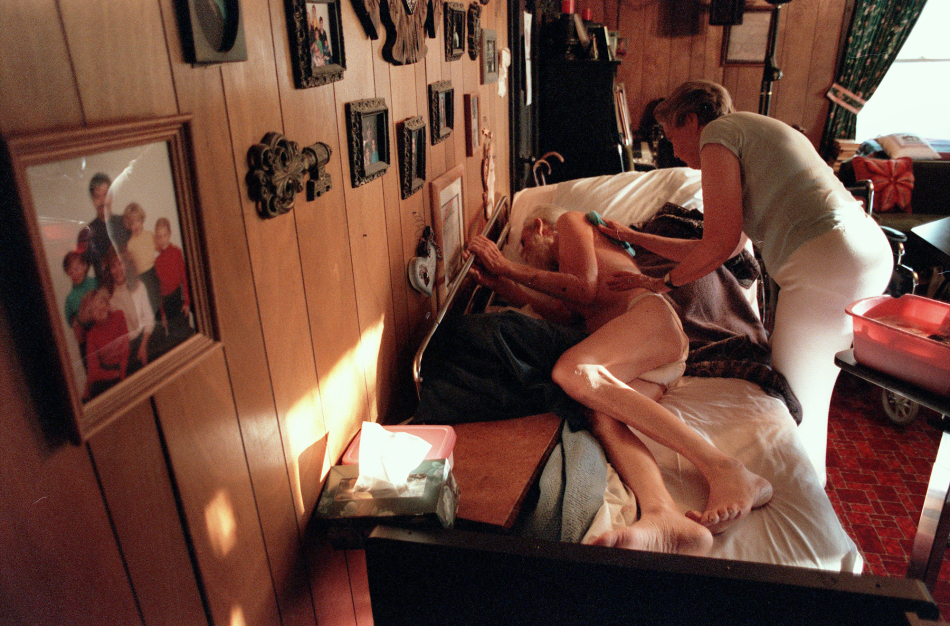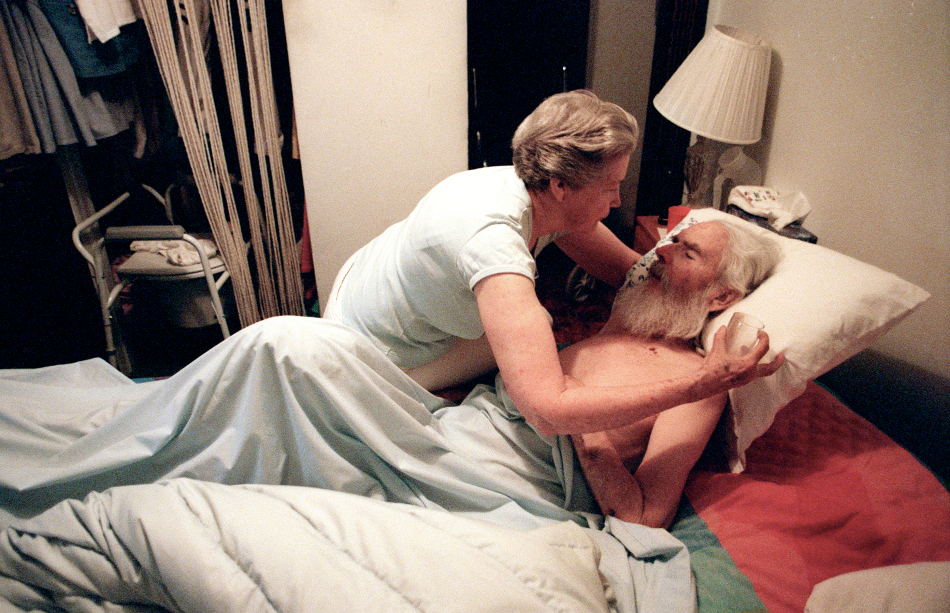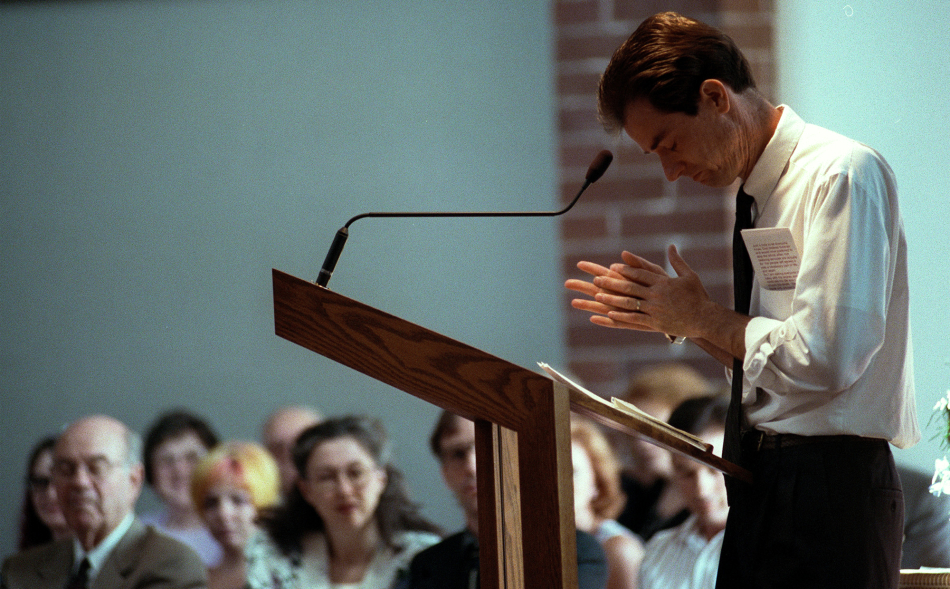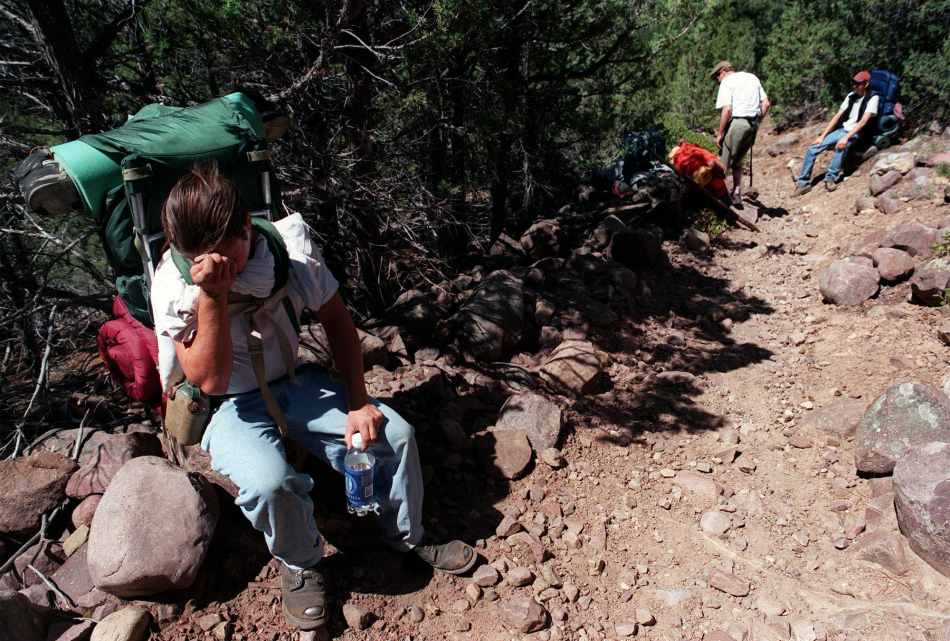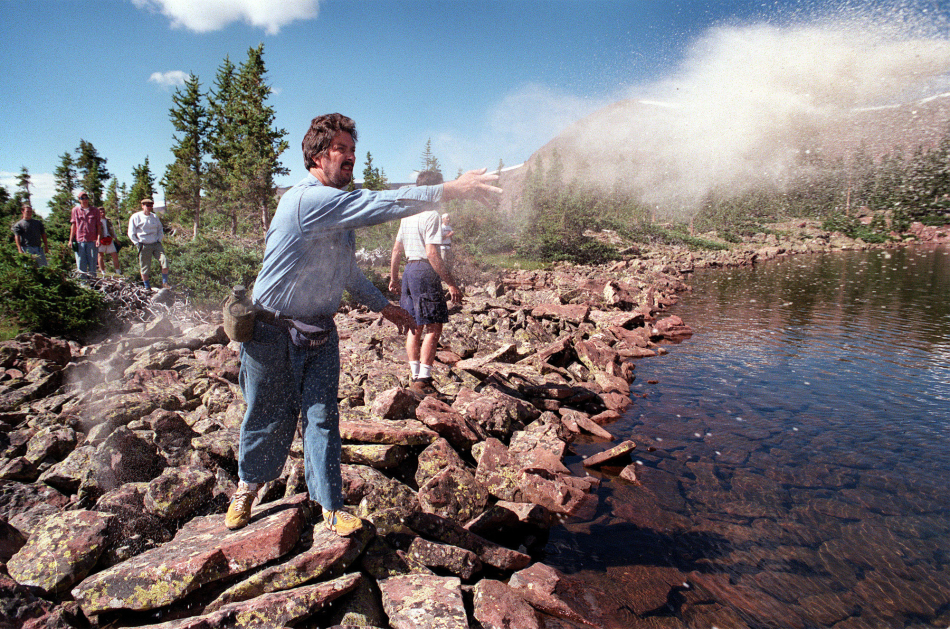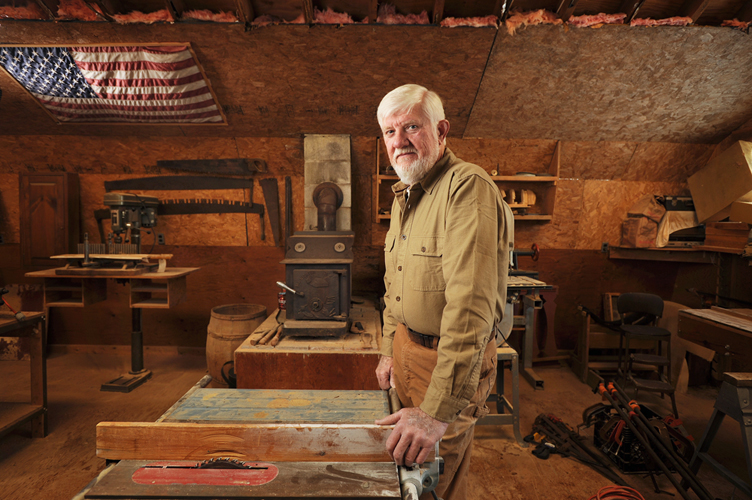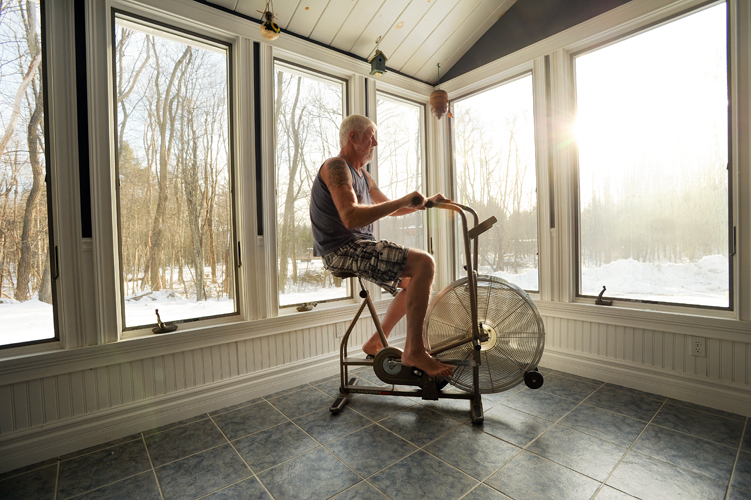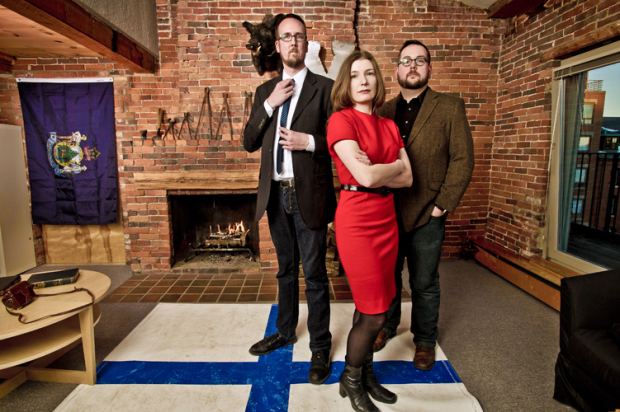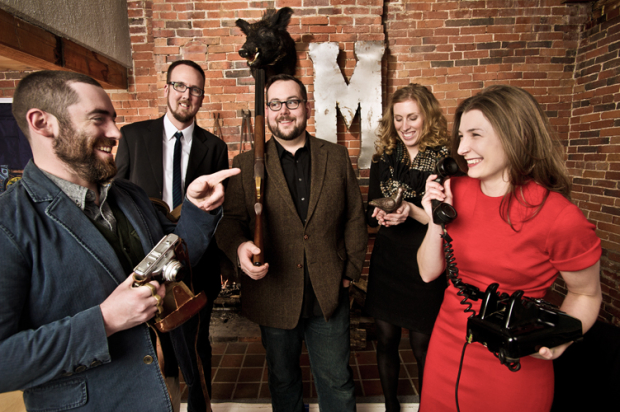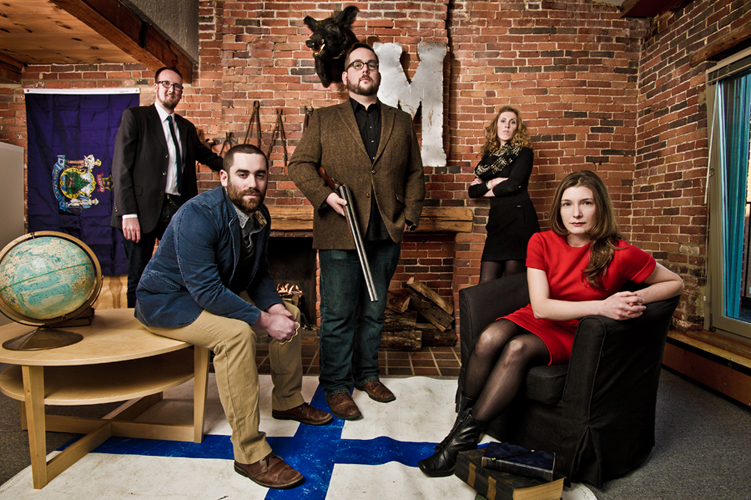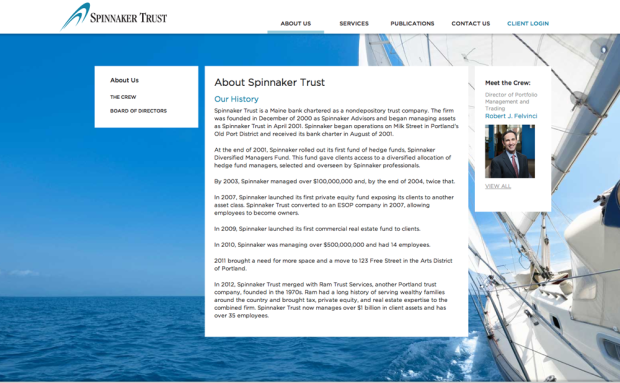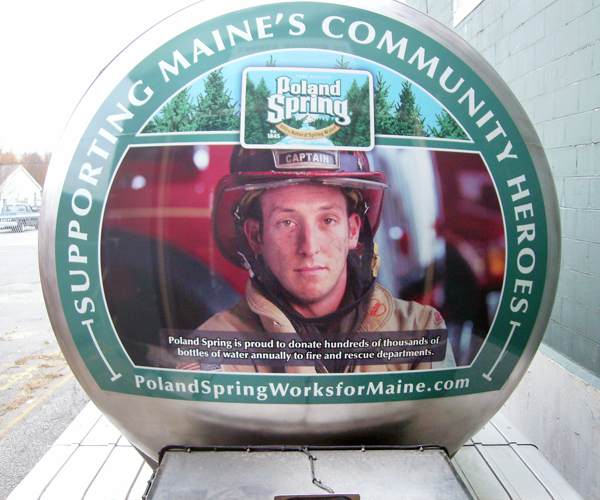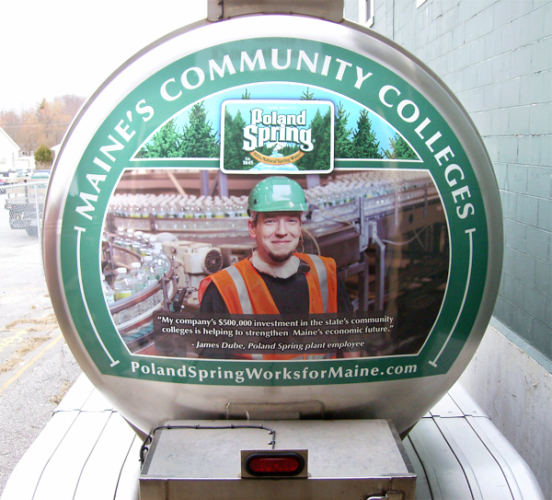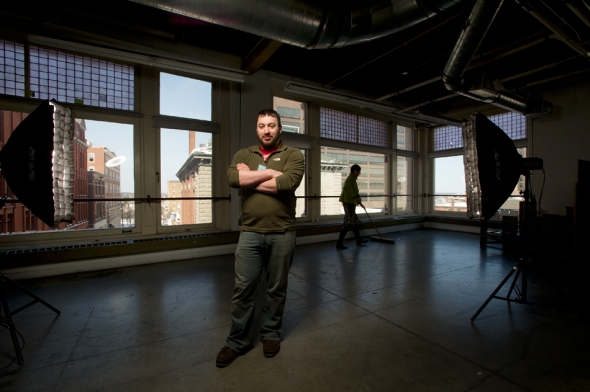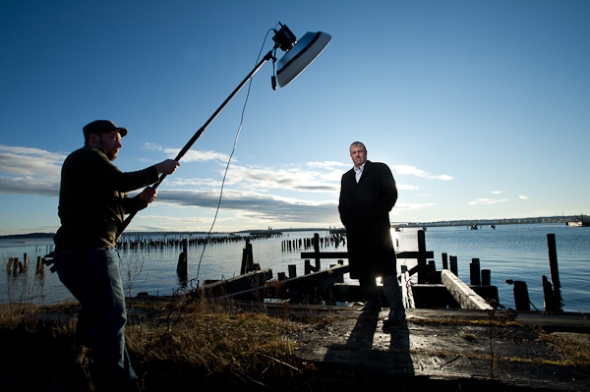Over my career as a photojournalist I’ve met some amazing people and been fortunate enough to photograph incredible events. When I reflect on the stories I’ve done, however, one really stands out: the story of John Robertson. I’m revisiting his story because I think John and his wife, Zelda, have a story that’s worth telling even today, more than a decade later.
At that time I was photo editor at the Provo (Utah) Daily Herald newspaper, a scrappy 30,000 circulation daily newspaper situated in what truly must be one of the most beautiful places in the world. In between the Pet of the Week and the required weekly commercial construction feature photo (titled, of course, ‘What’s up!”), the four of us staff photographers were constantly on the lookout for meatier fare: long-term photo documentary projects. While our daily diet of spot news and features and sports kept us busy and shooting, the photo projects we started (and did largely on our own time) stoked our souls and fed our passion. I’ve worked for larger newspapers in my career, but a 30,000-circ. paper has about the right combination of resources and autonomy to allow motivated photographers to do great project work.
Often these projects would grow out of daily stories that we connected to and felt there were more visual potential in. That’s how I met John Robertson. Our health reporter, Ann Potempa, was doing a story on hospice care in Provo. The story centered on an in-patient hospice facility, with patients having six months or less to live. I met a hospice nurse named Kit who visited patients not just at the center but at their homes. As I learned more, I knew that I wanted to explore the idea of terminally-ill patients who decide to live life on their own terms, often in their own homes. Kit introduced me to the work of Dr. Ira Byock, a leading figure in hospice and palliative care. Ultimately, she introduced me to John Robertson, 72, and his wife Zelda.
On the surface of things, John’s story is about hospice care and the comfort it can provide during the final months, days and hours. For me, John’s story is about living—and then dying—well.
I met with John and Zelda and the first thing I noticed about this former school teacher was the long braid of hair running down his back. The elderly couple both ran marathons until John was diagnosed with cancer. After a long battle, he was placed on hospice, and true to his independent spirit had no intention of dying anywhere but at his home. I explained to them that I wanted to document their hospice journey. Amazingly, they agreed, but with one caveat—John wanted to hide nothing, and wanted me to be there for everything—the towel baths, the emotional visits with their many children and grandchildren, and ultimately, his final breaths as he lay on a hospital bed in his living room surrounded by family. The graciousness of the entire family to me, and their grace throughout what was obviously a painful journey was awe-inspiring. A month after John passed, his adult children invited me to hike to his favorite fishing lake deep in the Uinta primitive wilderness area in Northern Utah. We hiked in, camped, and the next morning committed his ashes to the winds and water. Much like they had been able to do during the period of hospice care, each of his children were able to spend a moment alone with John and say their goodbyes. Humbled by it all, I photographed as little as I needed to.
In all, the series ran in six weekly parts. The newspaper got some criticism for showing images such sensitive images of John, but mostly the reaction was positive. Frankly, hospice is an easy sell—the idea that one can die well, even in comfort, and on their own terms—is an attractive one. The Robertson family was thankful for the coverage, though I always knew they’d given far more to me than I to them. I think from the pictures below, it’s possible to see John and Zelda as the people they really were—not victims, but strong and courageous people.
Note: all photos courtesy of the Provo Daily Herald.
